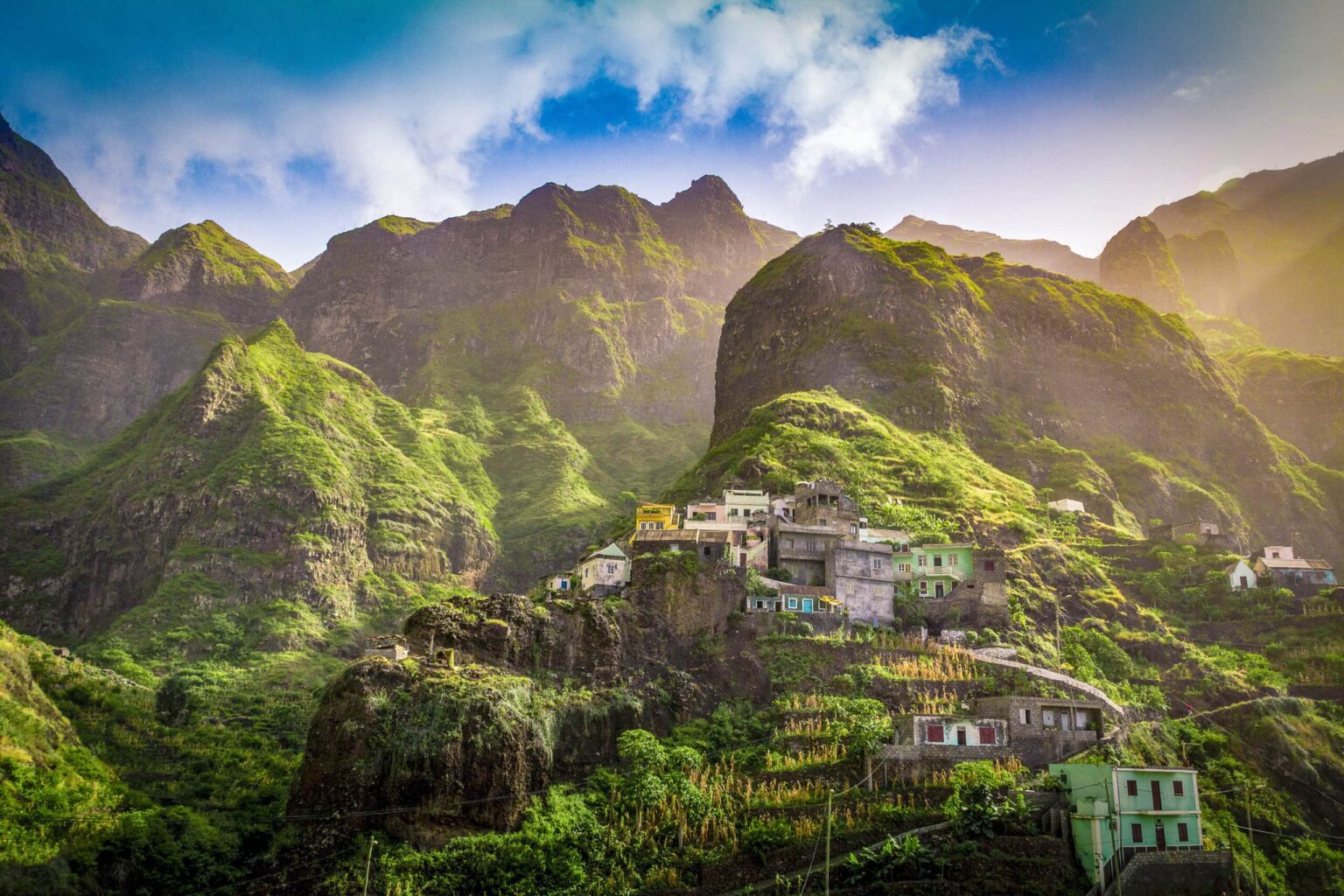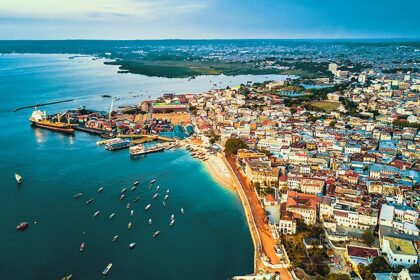At a Glance
- Cabo Verde rehabilitates 47 km of trails and maps 309 km island-wide.
- Hiking routes gain global visibility on AllTrails, Komoot, and more.
- The second phase adds lookout towers, trail upgrades, and community training.
Cabo Verde is making Santo Antão even more popular as one of West Africa’s best places to go for nature tourism.
The government has made a number of improvements to hiking paths, infrastructure, and opportunities for local communities with the help of the World Bank through the Resilient Tourism and Blue Economy Development Project.
The Ministry of Tourism and Transport, together with the Institute of Tourism of Cabo Verde, has focused on practical improvements across the island.
Authorities have rehabilitated and signposted 47 kilometers of neighborhood trails, investing about 30,000 escudos in the first phase of works across Porto Novo, Ribeira Grande, and Paul.
In addition, a comprehensive mapping of 309 kilometers of hiking routes has been completed, creating a structured network of main routes, ancillary paths, and cross-link trails.
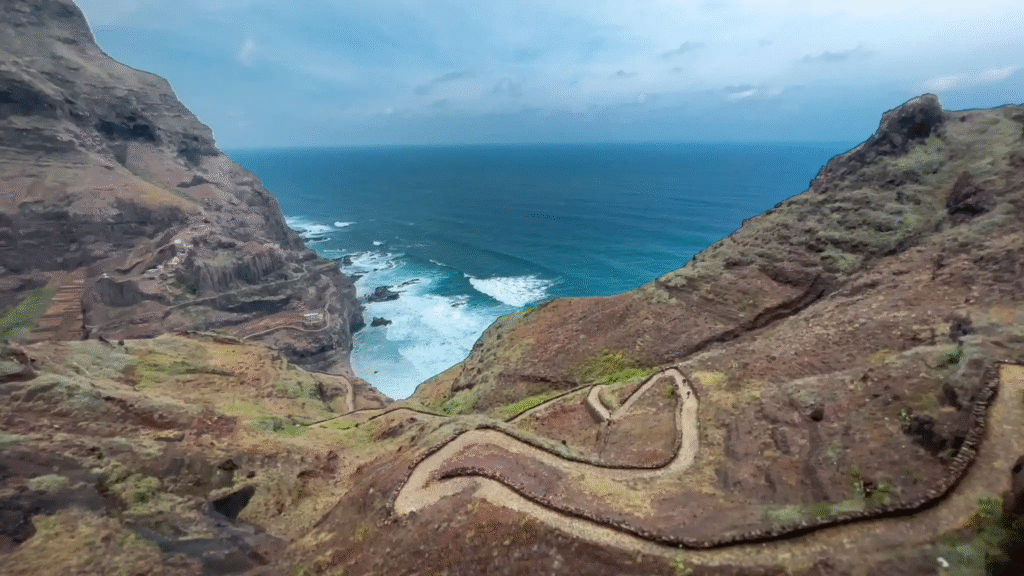
Expanding digital reach for international hikers
To make Santo Antão more accessible to international adventure travelers, officials have taken the island’s trail network online.
Newly mapped routes are now featured on leading outdoor platforms including AllTrails, Komoot, OutdoorActive, Wikiloc, Visorando, and Trail Trace under the profile “Percursos Santo Antão_Cabo Verde.”
Hikers now have 55 new information panels, 280 directional arrows, and updated path markings on the ground.
This makes it easier to find their way.
The infrastructure and digital visibility are projected to draw more eco-conscious guests to Cabo Verde who want to have real adventures.
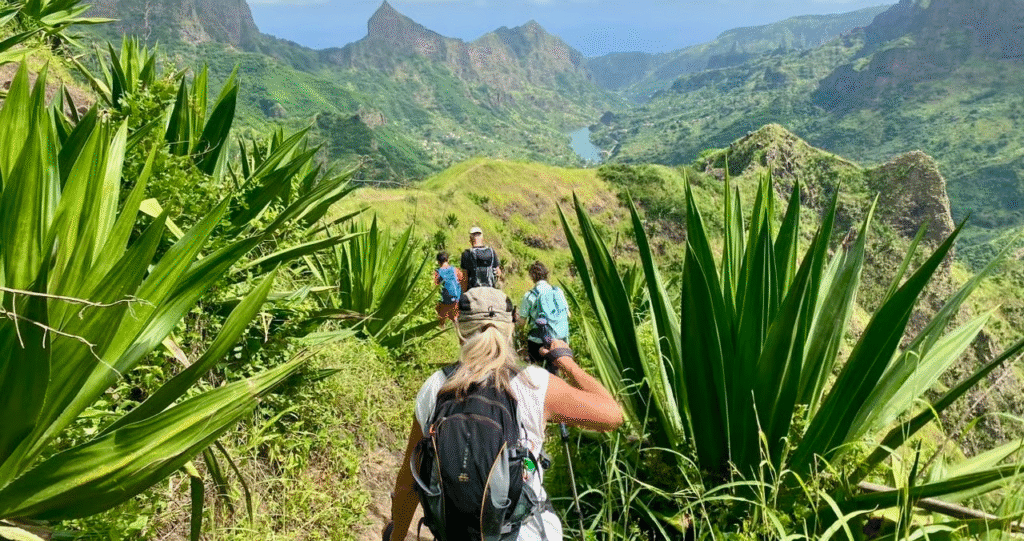
Second phase: lookout towers and more improvements to the trails
The program is going on to the next round of investment, which includes building lookout towers in each municipality and fixing up more trails.
Porto Novo (37,000), Ribeira Grande (42,000), and Paul (32,000) all obtain more than 30,000 escudos in their budgets.
The goal of these projects is to build on what has already been done and make new attractions that will keep tourists coming back and distribute the advantages of tourism to other areas.
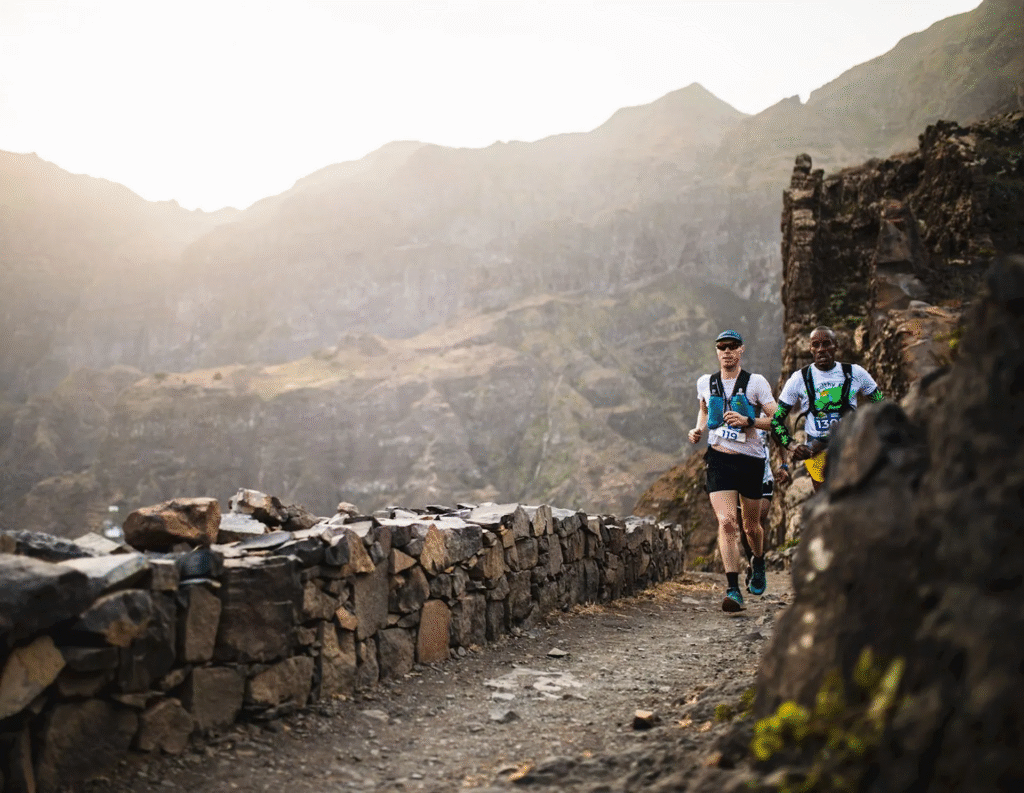
Training and sustainability at the core
Beyond infrastructure, Cabo Verde is prioritizing capacity building and governance to ensure sustainable tourism.
A Technical Assistance Project—funded at more than 50,000 escudos—is supporting local guides, small enterprises, and community leaders with training in governance, marketing, and sustainable tourism practices.
Parallel programs, including the Social Sustainability Fund of Tourism and the Tourist and Environmental Valuation Program of Rural Villages, are upgrading village infrastructure, improving accessibility, and providing specialized hiking guide training.
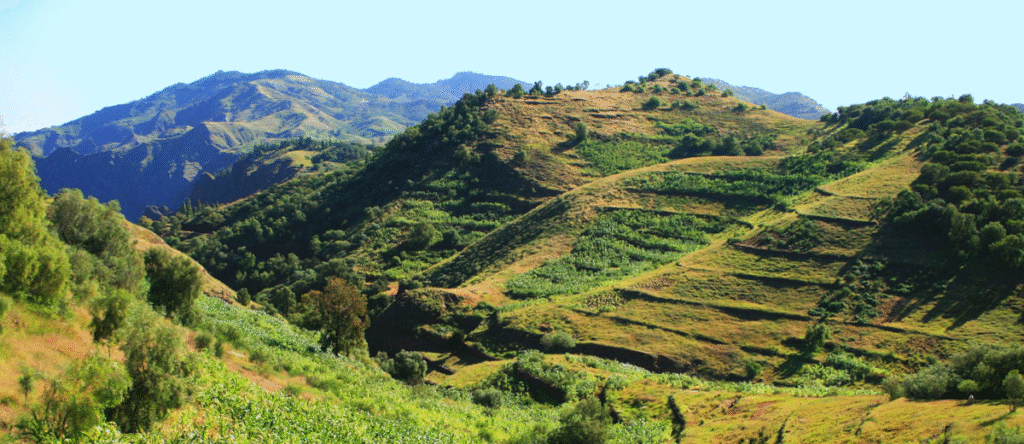
Making Santo Antão a top place for ecotourism
The combined initiatives showcase a clear strategy: make trails safer and more market-ready, expand global visibility, and strengthen community capacity to capture tourism revenues.
For visitors, this means diverse hiking itineraries, better wayfinding, and new attractions from lookout points to community-led services.
With upgraded infrastructure, international digital exposure, and sustainable governance measures, Santo Antão is firmly positioned as one of Cabo Verde’s leading eco-tourism destinations, ready to compete on the global stage.

